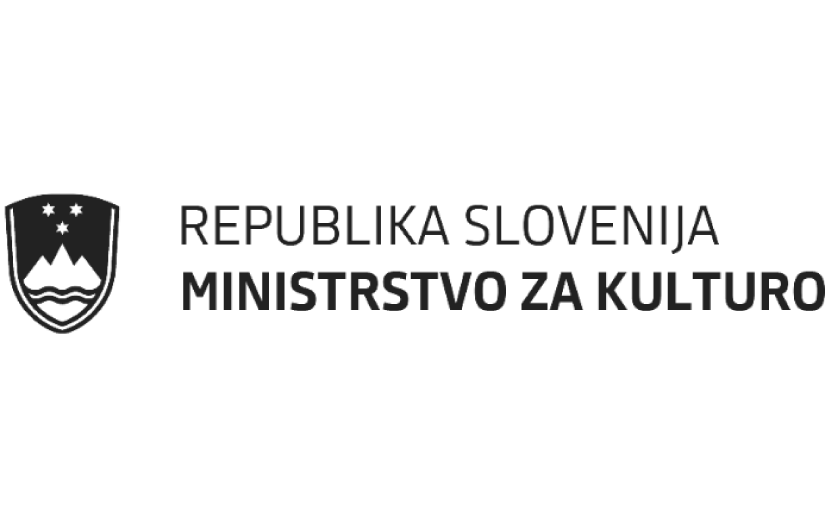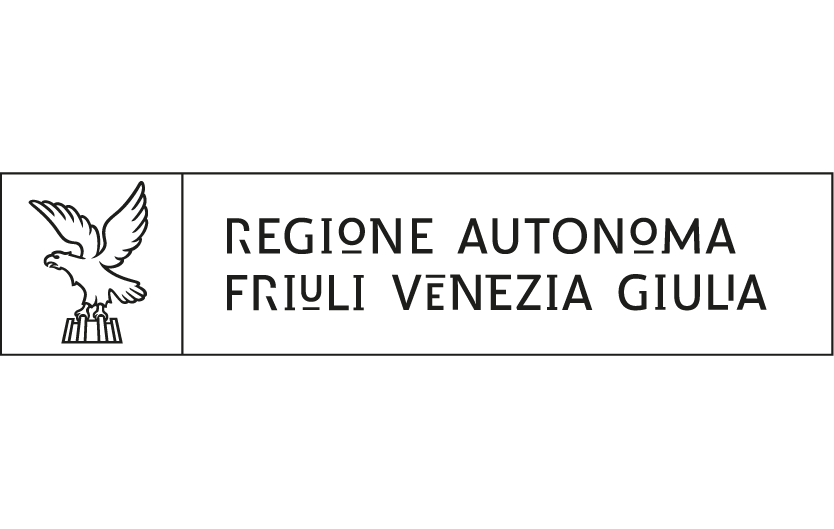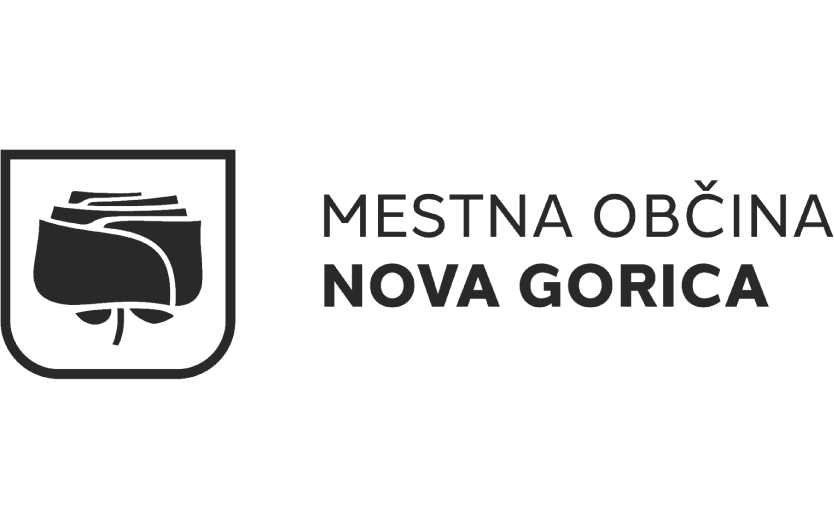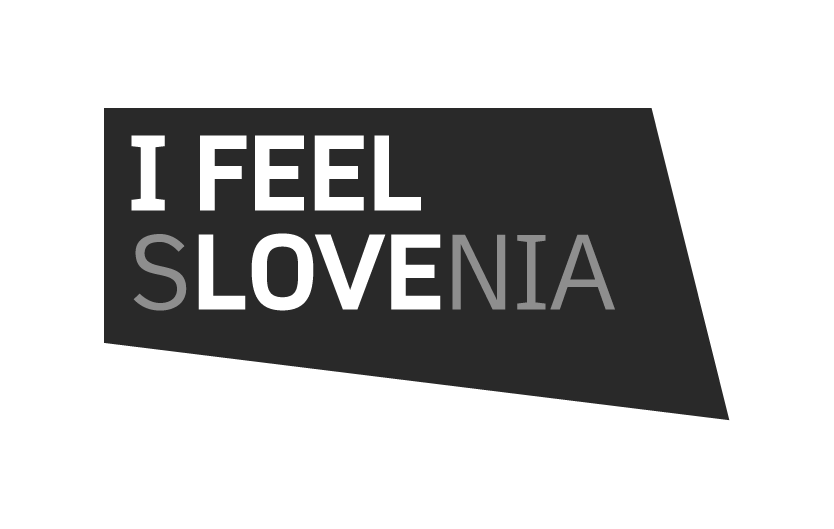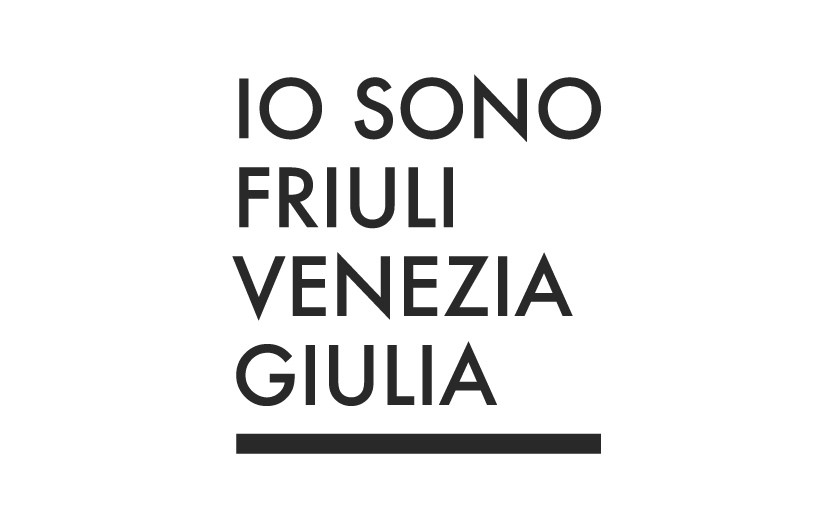When:
29/10/2025 - 02/02/2026 everyday from 09:30 to 17:30
Where:
Palazzo del Consiglio Regionale del Friuli Venezia Giulia, p.zza Oberdan 6
34133 Trieste
(TS)
- October 29, 2025 09:30 - 17:30
- October 30, 2025 09:30 - 17:30
- October 31, 2025 09:30 - 17:30
- November 1, 2025 09:30 - 17:30
- November 2, 2025 09:30 - 17:30
- November 3, 2025 09:30 - 17:30
- November 4, 2025 09:30 - 17:30
- November 5, 2025 09:30 - 17:30
- November 6, 2025 09:30 - 17:30
- November 7, 2025 09:30 - 17:30
- November 8, 2025 09:30 - 17:30
- November 9, 2025 09:30 - 17:30
- November 10, 2025 09:30 - 17:30
- November 11, 2025 09:30 - 17:30
- November 12, 2025 09:30 - 17:30
- November 13, 2025 09:30 - 17:30
- November 14, 2025 09:30 - 17:30
- November 15, 2025 09:30 - 17:30
- November 16, 2025 09:30 - 17:30
- November 17, 2025 09:30 - 17:30
- November 18, 2025 09:30 - 17:30
- November 19, 2025 09:30 - 17:30
- November 20, 2025 09:30 - 17:30
- November 21, 2025 09:30 - 17:30
- November 22, 2025 09:30 - 17:30
- November 23, 2025 09:30 - 17:30
- November 24, 2025 09:30 - 17:30
- November 25, 2025 09:30 - 17:30
- November 26, 2025 09:30 - 17:30
- November 27, 2025 09:30 - 17:30
- November 28, 2025 09:30 - 17:30
- November 29, 2025 09:30 - 17:30
- November 30, 2025 09:30 - 17:30
- December 1, 2025 09:30 - 17:30
- December 2, 2025 09:30 - 17:30
- December 3, 2025 09:30 - 17:30
- December 4, 2025 09:30 - 17:30
- December 5, 2025 09:30 - 17:30
- December 6, 2025 09:30 - 17:30
- December 7, 2025 09:30 - 17:30
- December 8, 2025 09:30 - 17:30
- December 9, 2025 09:30 - 17:30
- December 10, 2025 09:30 - 17:30
- December 11, 2025 09:30 - 17:30
- December 12, 2025 09:30 - 17:30
- December 13, 2025 09:30 - 17:30
- December 14, 2025 09:30 - 17:30
- December 15, 2025 09:30 - 17:30
- December 16, 2025 09:30 - 17:30
- December 17, 2025 09:30 - 17:30
- December 18, 2025 09:30 - 17:30
- December 19, 2025 09:30 - 17:30
- December 20, 2025 09:30 - 17:30
- December 21, 2025 09:30 - 17:30
- December 22, 2025 09:30 - 17:30
- December 23, 2025 09:30 - 17:30
- December 24, 2025 09:30 - 17:30
- December 25, 2025 09:30 - 17:30
- December 26, 2025 09:30 - 17:30
- December 27, 2025 09:30 - 17:30
- December 28, 2025 09:30 - 17:30
- December 29, 2025 09:30 - 17:30
- December 30, 2025 09:30 - 17:30
- December 31, 2025 09:30 - 17:30
- January 1, 2026 09:30 - 17:30
- January 2, 2026 09:30 - 17:30
- January 3, 2026 09:30 - 17:30
- January 4, 2026 09:30 - 17:30
- January 5, 2026 09:30 - 17:30
- January 6, 2026 09:30 - 17:30
- January 7, 2026 09:30 - 17:30
- January 8, 2026 09:30 - 17:30
- January 9, 2026 09:30 - 17:30
- January 10, 2026 09:30 - 17:30
- January 11, 2026 09:30 - 17:30
- January 12, 2026 09:30 - 17:30
- January 13, 2026 09:30 - 17:30
- January 14, 2026 09:30 - 17:30
- January 15, 2026 09:30 - 17:30
- January 16, 2026 09:30 - 17:30
- January 17, 2026 09:30 - 17:30
- January 18, 2026 09:30 - 17:30
- January 19, 2026 09:30 - 17:30
- January 20, 2026 09:30 - 17:30
- January 21, 2026 09:30 - 17:30
- January 22, 2026 09:30 - 17:30
- January 23, 2026 09:30 - 17:30
- January 24, 2026 09:30 - 17:30
- January 25, 2026 09:30 - 17:30
- January 26, 2026 09:30 - 17:30
- January 27, 2026 09:30 - 17:30
- January 28, 2026 09:30 - 17:30
- January 29, 2026 09:30 - 17:30
- January 30, 2026 09:30 - 17:30
- January 31, 2026 09:30 - 17:30
- February 1, 2026 09:30 - 17:30
- February 2, 2026 09:30 - 17:30


